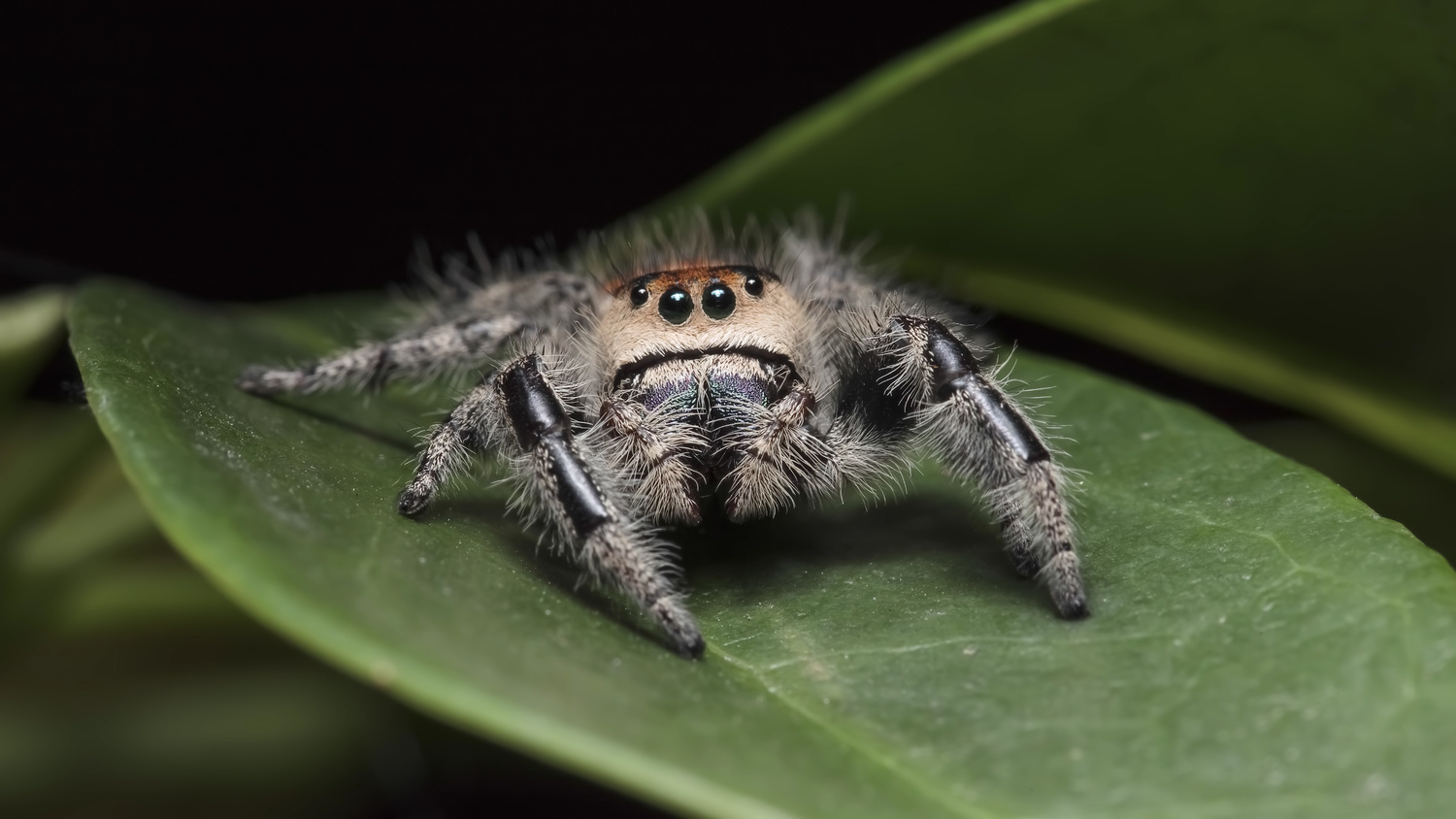The results from macro photography, when well done, can be spectacular as a dazzling, miniature world comes to life. Check out this great video to learn how to use any lens to get started with macro photography immediately.
Andres Moline is a professional photographer well regarded for his beautiful macro work of insects. In the video below, Moline teamed up with Fstoppers to demonstrate how to take any camera and lens combination and turn it into a macro photography rig.

Macro photography is defined by a magnification ratio of at least 1:1 and there are a number of high-quality lenses specifically designed for this purpose. Moline demonstrates how to achieve a macro magnification ratio without having to spend money on a new lens; the key is flipping a non-macro lens using a simple and cheap reverse mounting ring and shooting with the traditional back element. Moline goes on to showcase solutions for obtaining the desired aperture, focus, and flash settings with this ingenious macro "hack."

While I had to keep my innate arachnophobia in check watching Moline use a beautiful yet slightly terrifying spider as his model, the results using macro and non-macro lenses were incredible. If you're interested in learning more about macro photography from Andres Moline, please sign up for the mailing list below.






When you use this, does the effective aperture stay the same? Or do you lose light at all?
The aperture manual setting of the lens aperture will become effective, you will continuously lose light as you step down the aperture
thanks for the DOF preview trick. I bought one of these reverse mounts last year just to mess around with on a 50mm 1.4 and could not figure out why the DOF was so shallow it was pretty much unusable. Just did a shot when I was making dinner tonight (at f16 this time) and it ended up kind of cool :)
Great result!
Some great information for people starting out or who don't want to spend a lot of money on gear for macro photography. Wonderful tutorial my friend!
Thank you Liza!
Thanks for the response! I’m not very educated on the physics behind how the size of the front lens’ size affects light gathering, but was wondering since the front lens is much smaller when reversing a lens!
The smaller element still lets the light in and the aperture controls it, is mainly when you add the extension tubes that you start having light gathering issues as the elements move away from the sensor
That's what I used at my beginings, it works really well. Example with a Tamron 17-50 reversed at 17mm. Nice video Andres ;)
Outstanding result! And thank you for sharing with the community
i have a canon 70d can i still use this with a kit lens even though i dont have lock button on camera?
Ohhhh shit. I have a tarantula. Gonna have fun with this tonight
Hmm...does this mean we can now utilize EF-S lenses on full-frame Canon bodies?
How do you focus a reversed lens with the aperture set to f/16? The viewfinder is very dark.
Hi andres, this was really helpful in understanding the reverse ring concept. But i have a question - how do i use Nikon afp lens 18-55mm on d5300? The d5300 doesnot have a DOf preview and no matter what i do, i cannot set the aperture to desired value to get me shot. Please advise.
set your camera to bulp and set your fstop.. take a photo hold shutterbutton down en disconnect the lens form camera :)
Thanks Robin, i will try this out. Hope this does not damage my camera or lense in any way. Can you confirm if you have tried this method please. Thanks a ton for your advise though :)
Can i ask what reverse ring are you using for canon 100mm 2.8 L lens? Thanks
im new to macro photography , infact ur video is the first one, after watching the video i have bought reverse rings and extension tubes for nikon d7100. at f16 im unable to see the subject, i use my cell phone light on subject but still can see anything. untill im able to see the subject im unable to focus on the subject.